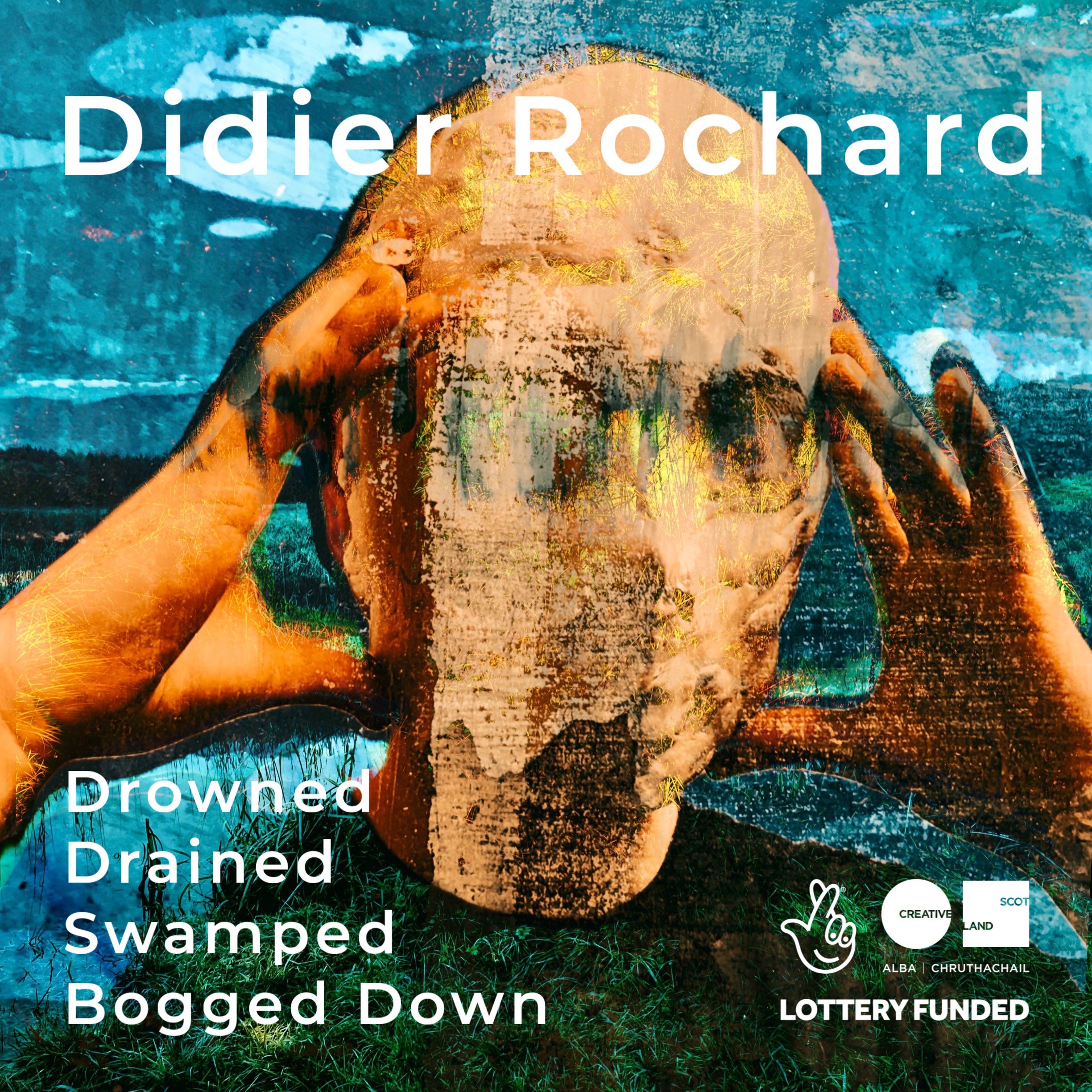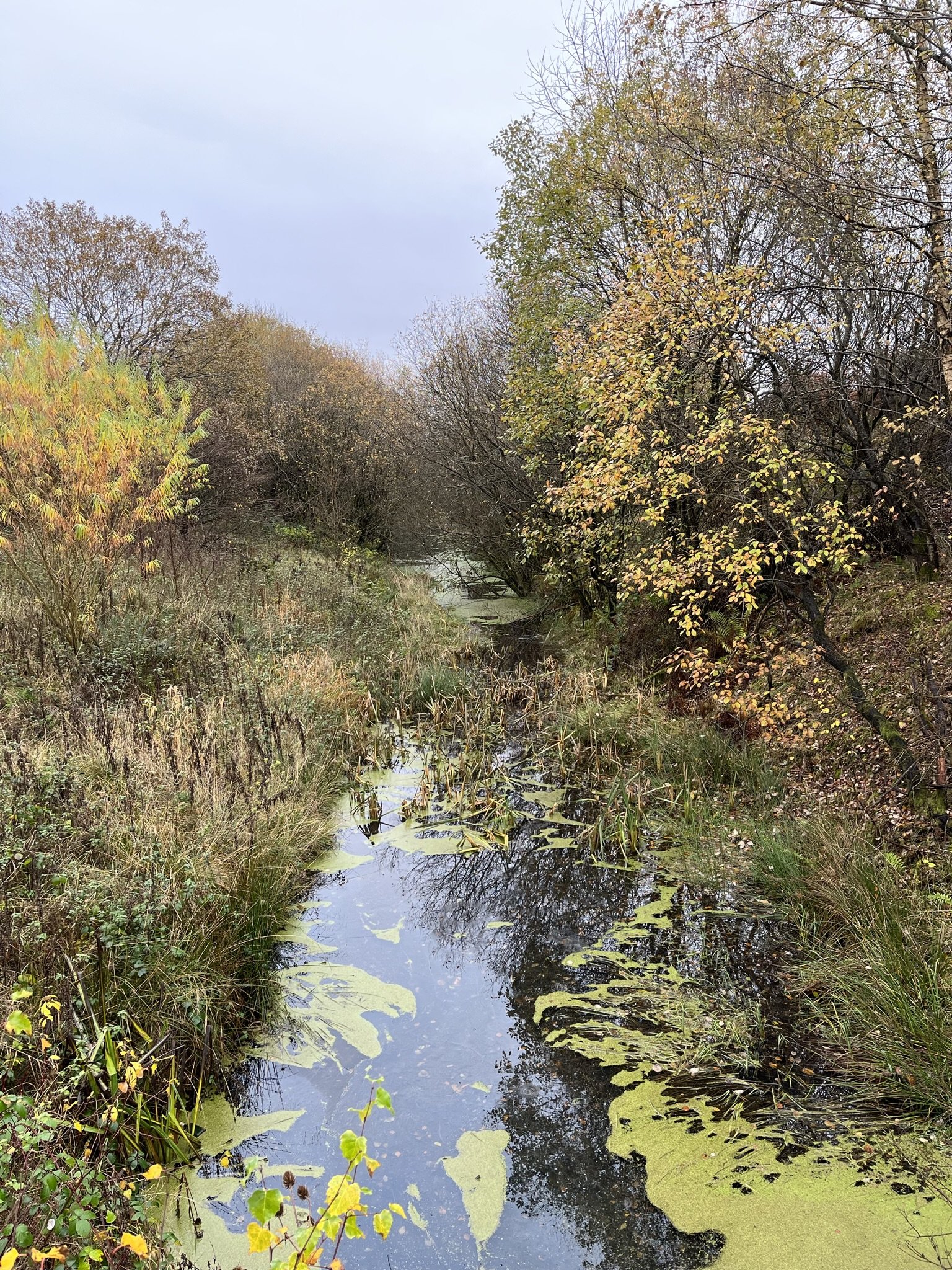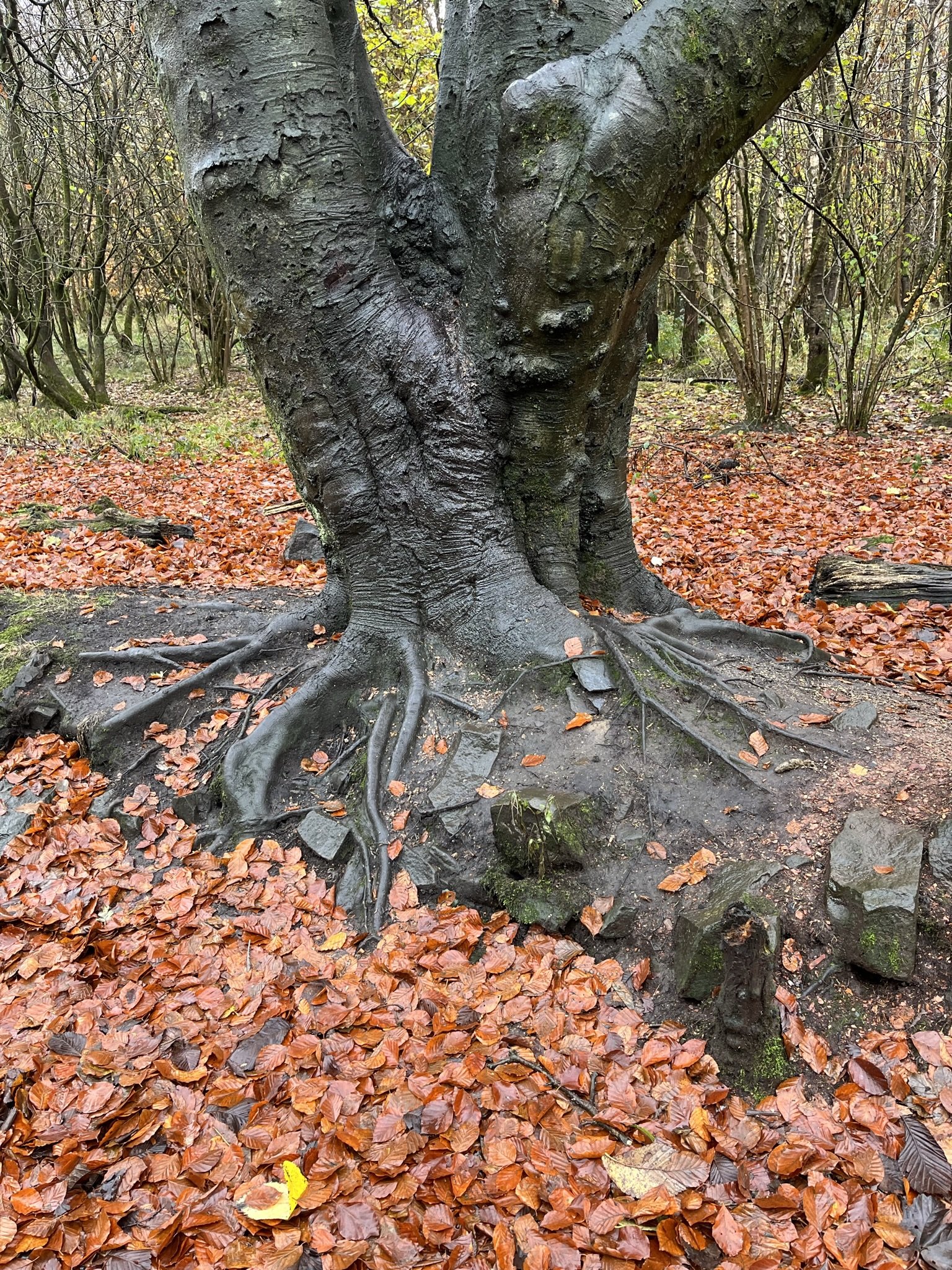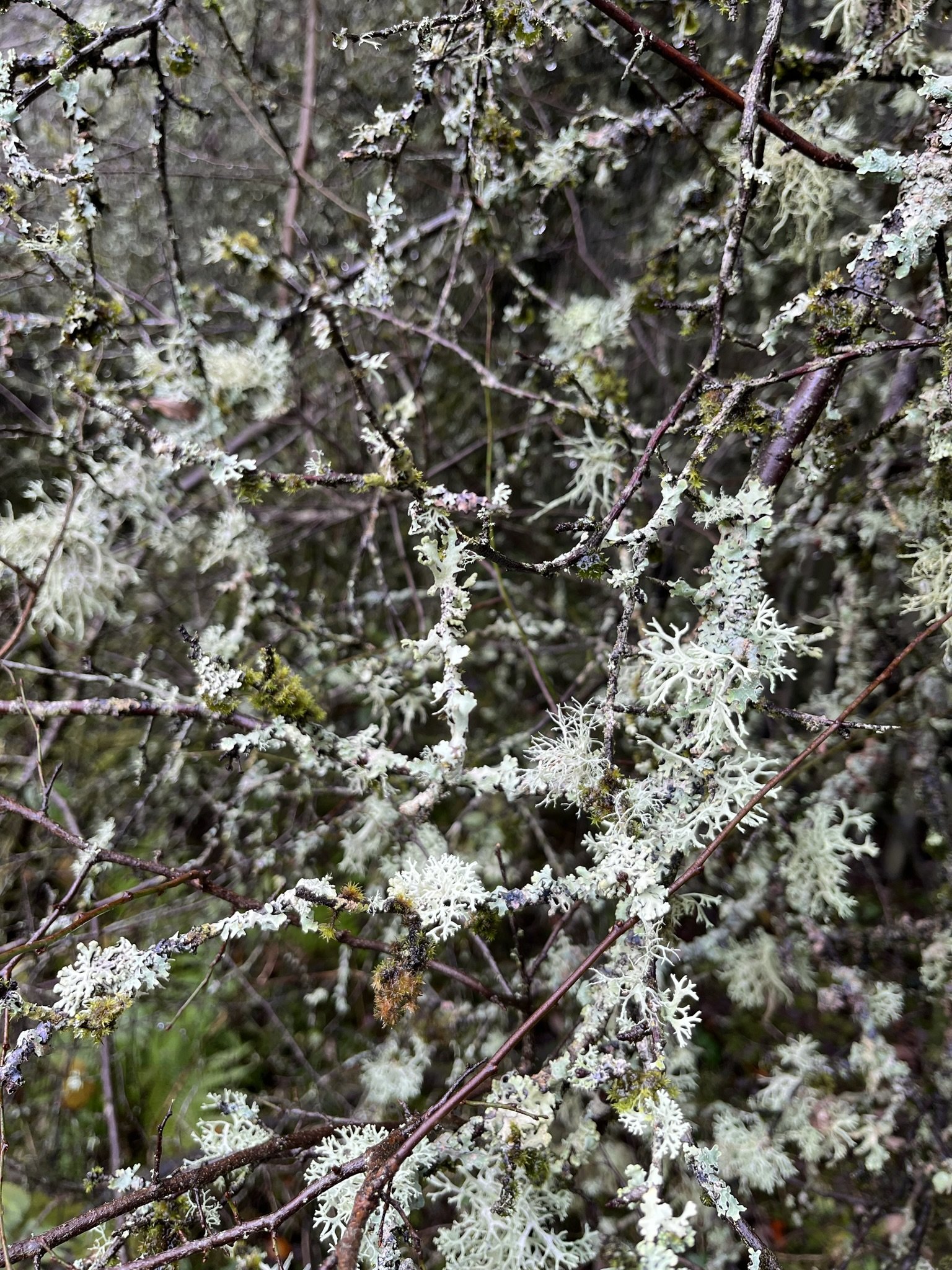Drowned, Drained, Swamped & Bogged Down:
Initiating A Creative Exploration Of Mythterious Scottish Marshes & Wetlands
This creative experimentation and development project brings together various strands of my past work. Over six months I’ll be visiting six different Scottish landscapes, spanning city, coast, uplands, lowlands and islands, in search of 17 sub-types of wetland habitat, to inspire a creative exploration in music, visual arts, crafts and writing.
The project is rooted in environmental messaging at this time of climate emergency and highlights the important ecological/environmental role of Scottish wetlands.
Wetlands are not only some of the rarest and most at-risk places on earth, they are also richly-biodiverse carbon sinks. Their relationship with humans spans millennia; places to forage, find shelter, perform rituals and bury the dead. Wetlands are at the roots of numerous folk tales, proverbs and customs. From quaking bogs and lonely fens, to swamped woodlands and saltmarshes, I will (hopefully) help to unearth some of the creative potential of Scottish wetlands, harnessing the sense of intrigue, fear and beauty they evoke.
I have been fascinated by ponds & wetlands since I was a small child. Through my work on Romney Marsh in Kent I realised the potential for combining my own creative practice with interests in the environment & cultural heritage, and the participatory/educational potential of this.
Huge thanks to Creative Scotland for supporting this work.
Why Wetlands?
Scotland's wetlands are home to a wide range of plants and animals. They also provide important environmental functions, such as storing carbon and sustaining the supply of clean water. Wetlands cover large areas of Scotland where poorly draining soils, high rainfall and low temperatures create permanently or frequently waterlogged areas. The type of wetland that develops depends on where it sits in the landscape. Often, several wetland types can exist in the same location (known as a habitat ‘mosaic’).
Benefits of wetlands
· Carbon storage and accumulation - wetlands that create peat can store large quantities of carbon for thousands of years. But some management practices (e.g. drainage) can trigger the release of carbon (methane, carbon dioxide, particulate and dissolved carbon).
· Water purification - wetlands often form between land and open water, and can prevent pollutants getting into rivers and lochs. Some artificially created wetlands have been created to remove pollutants from run-off in towns and cities.
· Flood management - wetlands slow the flow of rain water into rivers and lochs, which can slow down flooding. They can store floodwater in the floodplain, reducing the peak of the floodwater that passes through our towns and cities.
· Coastal erosion - on the shorelines of lochs and on the coast, wetlands act as a natural defence against coastal erosion.
· Water supply / groundwater infiltration - wetlands collect and store water, which replenishes groundwater and therefore the water supply. Most Scottish drinking water has passed through a wetland before it reaches a reservoir.
Locations to be used
It is important creatively, culturally and environmentally that the work uses a set of landscapes that a diverse geologically, graphically, culturally and historically, including the ways in which they are used/managed in different ways – this will bring more potential to the work. The Scottish Environment Map has been used to identify the wetlands used in this project (in reach of Glasgow). The locations are:
· Seven Lochs Nature Park - wet grassland, swamp, peat bog, reedbed, wet woodland, fen (and Springs, flushes and seepages). Plus urban perspective.
· Cathkin Marsh Reserve - marshy grassland. Plus outer urban perspective.
· Lewis & Harris - wet heath, wet grassland, peat bog, saltmarsh, machair. Plus use by crofting culture. Plus island/coastal perspective – West.
· Rannoch - peat bog, wet heath, quaking bog. Plus highland perspective.
· Sands of Forvie (Forvie National Nature Reserve) - dune slacks, wet grassland. Plus coastal perspective – East.
· Abernethy Nature Reserve - springs, flushes and seepages, wet woodland, peat bog. Plus very rare tree formations.
Creative responses on location will include:
· Creative meditations within/through the landscape. Developing a creative methodology to connect with the landscape. Identifying different habitats.
· Documenting through photographs, video and notes.
· Field recordings of landscape sounds and song ideas.
· Creative written material about the landscapes & my response to it (+ observed responses of others) – as foundation for lyrics.
· Simple visual art and craft experimentations using self-sourced natural materials in the landscape (without damage/interference, leaving no trace).
Creative responses in the studio will include:
· Working up lyrics & song idea sketches into folk song interpretations.
· Experiments with vocal polyphony/harmony – given my background, I will eventually create work for multiple-voices/choir.
· Visual arts experiments, using a range of materials including sustainably sourced natural materials, cyanotype & found objects.
This page will be updated as the project progresses.



